The Great War in Images and Pictures
For us, this is nothing but a curious example of information support for public opinion of those years, as well as historical source. However, considering his photographs, one should remember about censorship, which is truly fierce, and there is no other word you can pick up, which was at that time. The photographs were selected so that they couldn’t take apart the details, general plans were given, drawings made from the photographs were often published and, on the contrary, the photographs were so retouched that it was impossible to make out the details. Interestingly, color “pictures” were printed separately at that time, cut to size manually on cutting machines and also manually pasted onto the pages of publications, which, of course, made them very expensive. There were no color photographs, but many prints, etchings and watercolors of artists were published, again made in the manner of that time, and they also convey the peculiar spirit of that era and the manner of depiction.
Someone doesn’t like the very name of that “imperialist war” - “great”. But it is the people of that time who called it that way themselves, and we will have to put up with it. In any case, this is a valuable historical source, which brought to us the “taste” and attitude of that era far from us.
Well, and we will begin our acquaintance with this edition with a picture by B. B. Mazurinsky "Met."
The First World War was an artillery war, which, because of its imperfection, produced an incredible amount of shells. Infantry commanders of the Russian army demanded constant artillery fire support from the artillerymen, and they often wrote in firing applications - “hurricane fire”, “drum fire” and even ... “fire until the red heat of the barrel”! That is why such warehouses of shells in the rear of all the warring armies were completely normal! In this case, it is a temporary warehouse of shells of the French army near Verdun.
In many Russian publications of that time, the first Tanks called differently. In the Niva magazine, they were called "tenkami", in a number of others - "pelvis", and tankers - "pelvis". For some reason, in “Images and Pictures ...” they were called “Tanks.” And here is the first photo (or picture) - “Tank” in battle! Moreover, all the technical features of the MK I tank are very clearly visible here.
In Soviet times, he saw the movie "The Broken Sky". I was delighted to see quite well-made and flying (!) Replicas of aircraft of the First World and Civil War. It was very realistic and laying pilots under the seat of an ordinary frying pan. Yes, it was the same and they, sitting in pans, really flew in order to prevent shrapnel from getting to this very place. But then ... then the bad "hares" began to take military arrows and one by one (!!!), holding them by the tail, throw from the sky into the Red Army wagon train. And after all they got into it, probably, judging by the director's intention. Well, did the film consultants not know about the presence of this picture in the aforementioned edition?
In general, a useful edition, is not it?

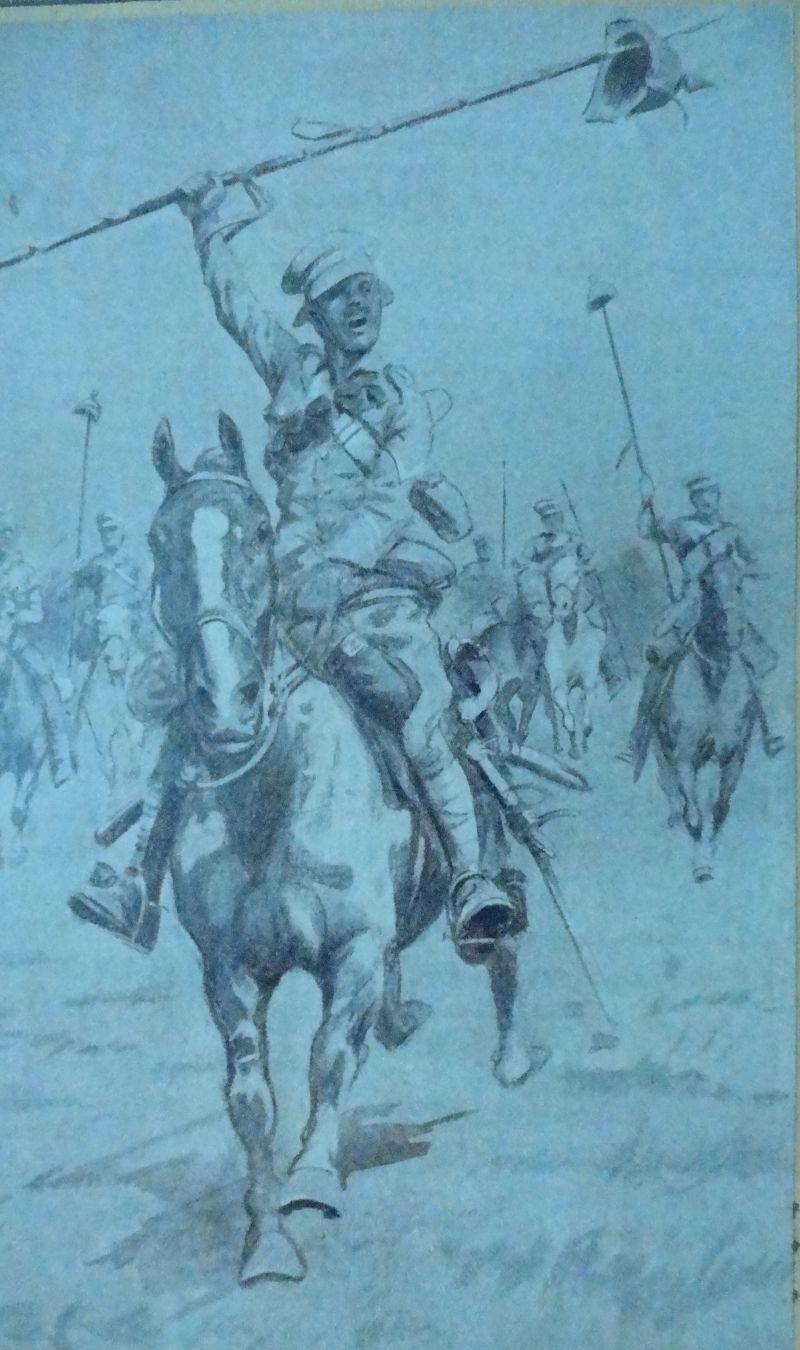
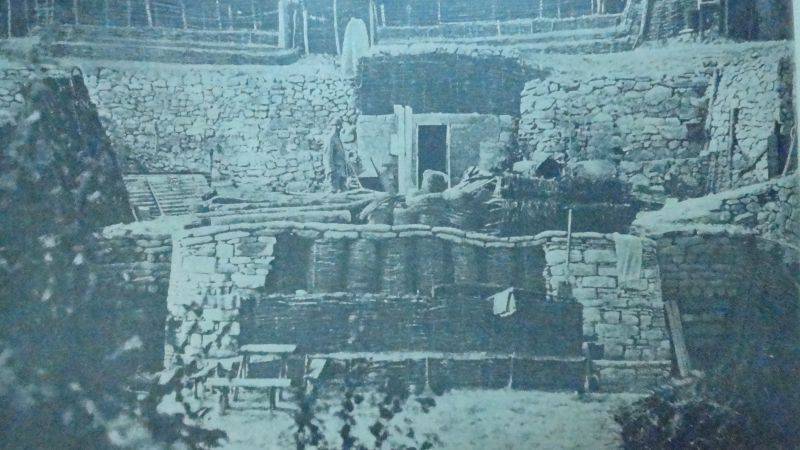
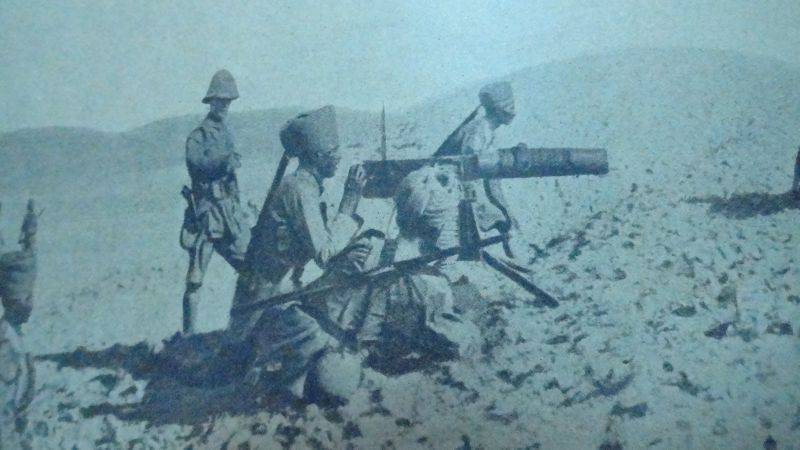
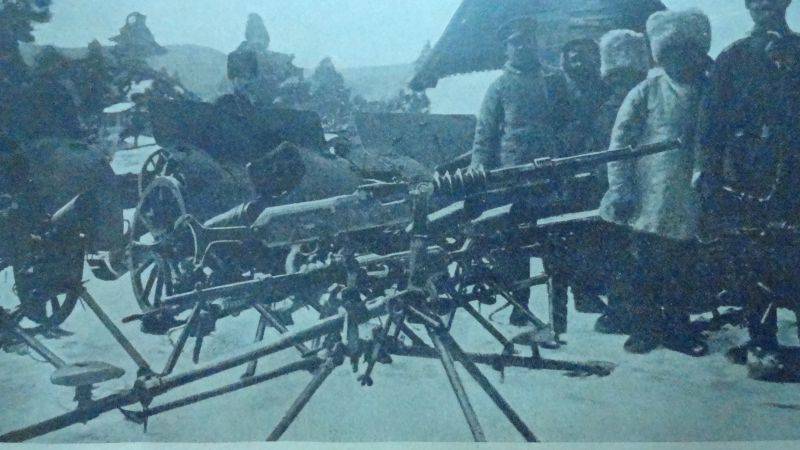
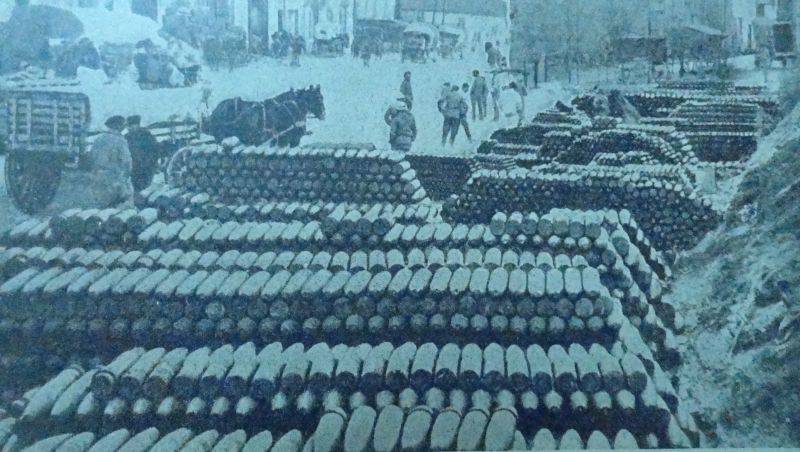
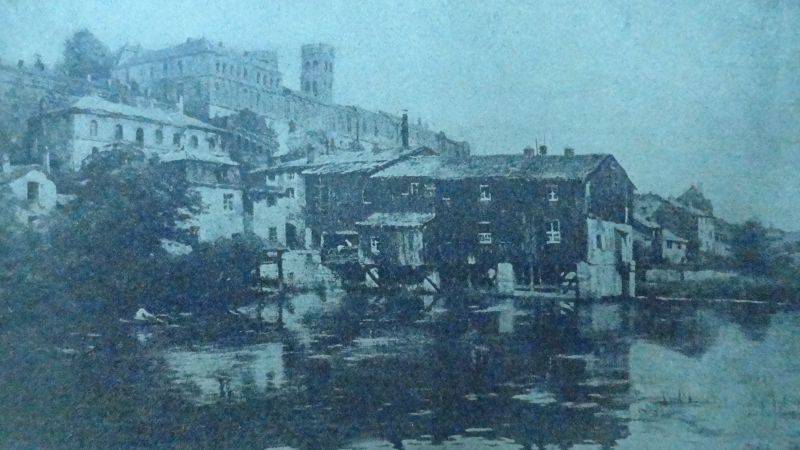
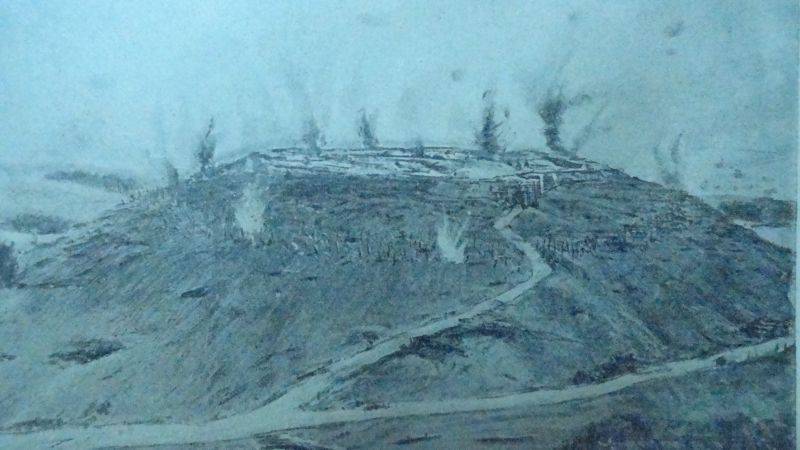
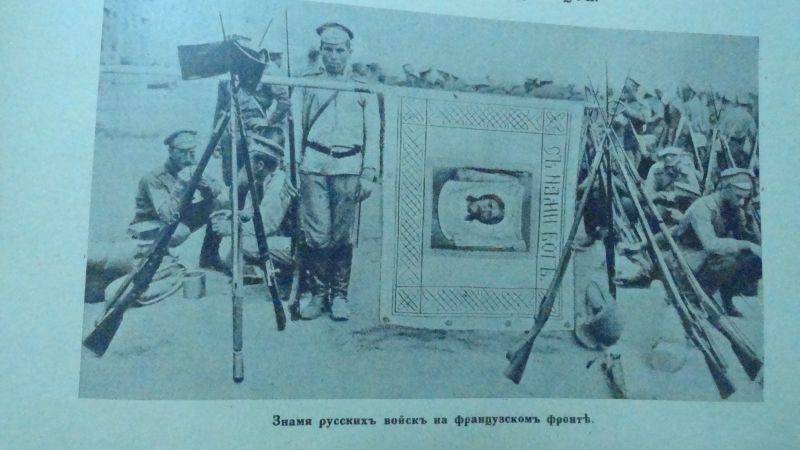
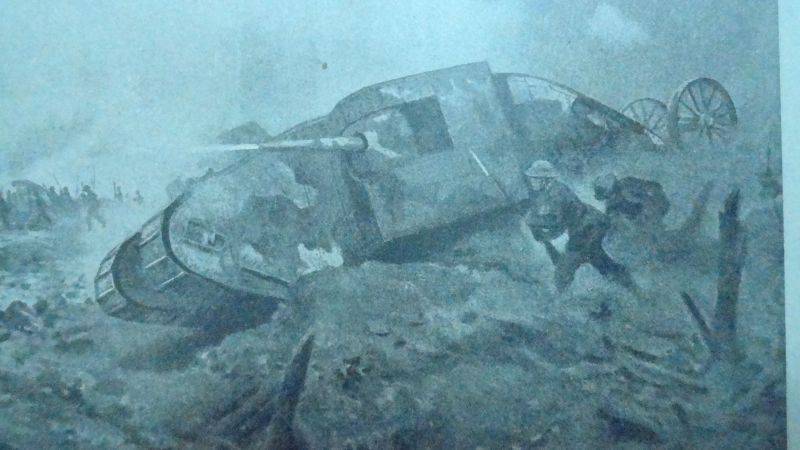
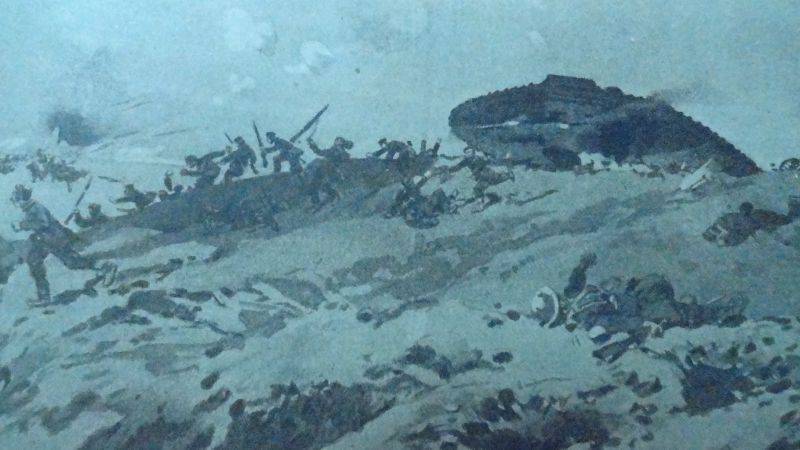
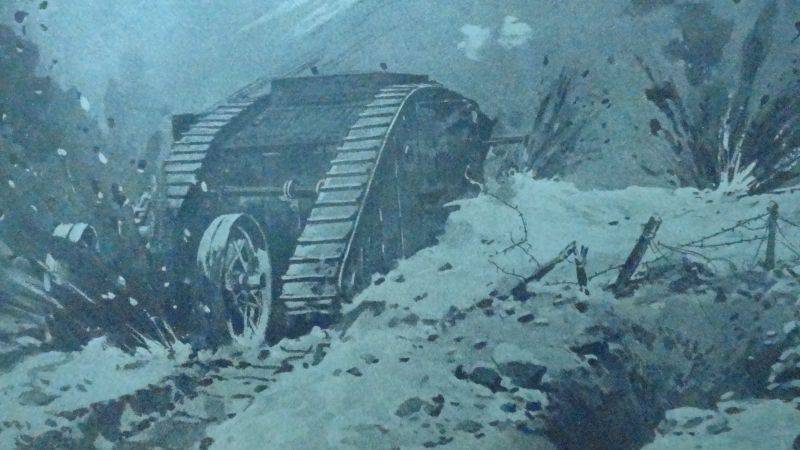
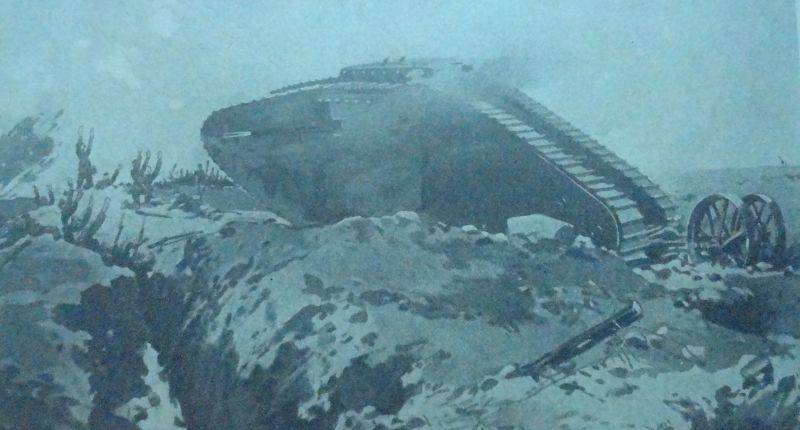
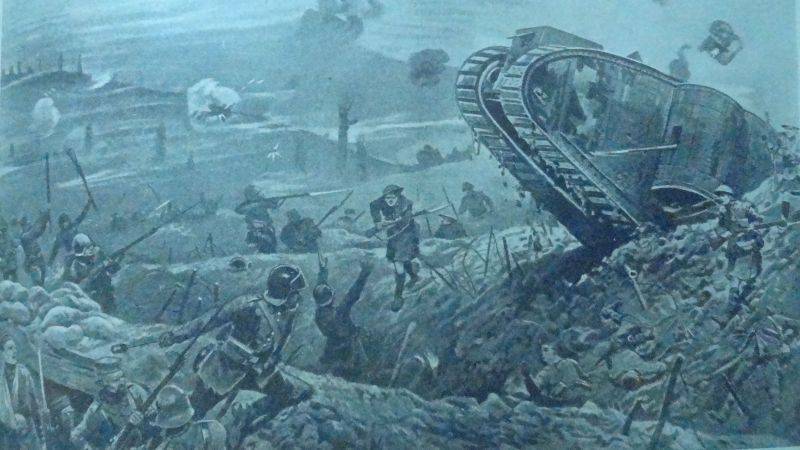
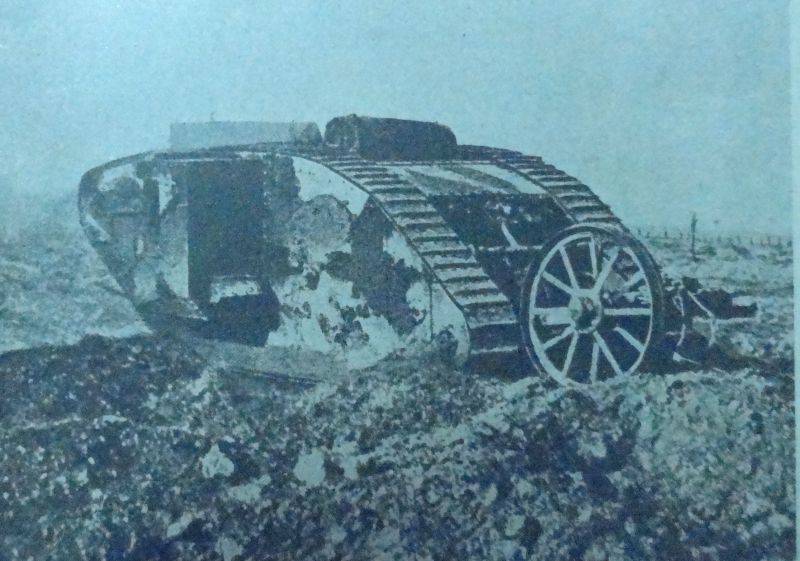
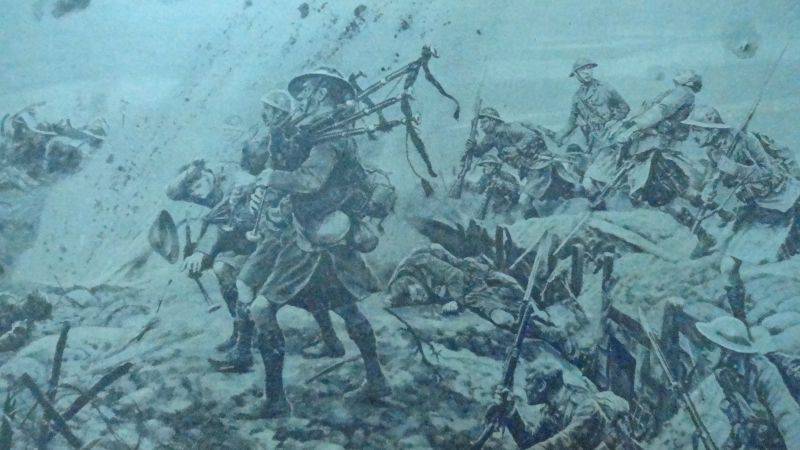
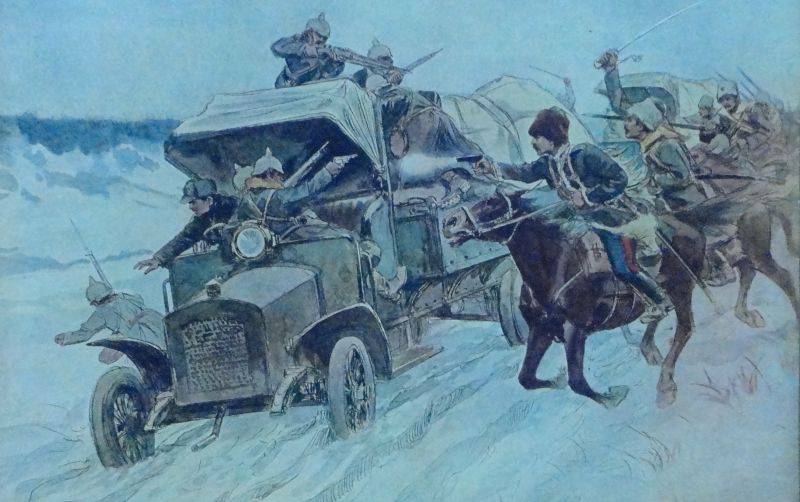
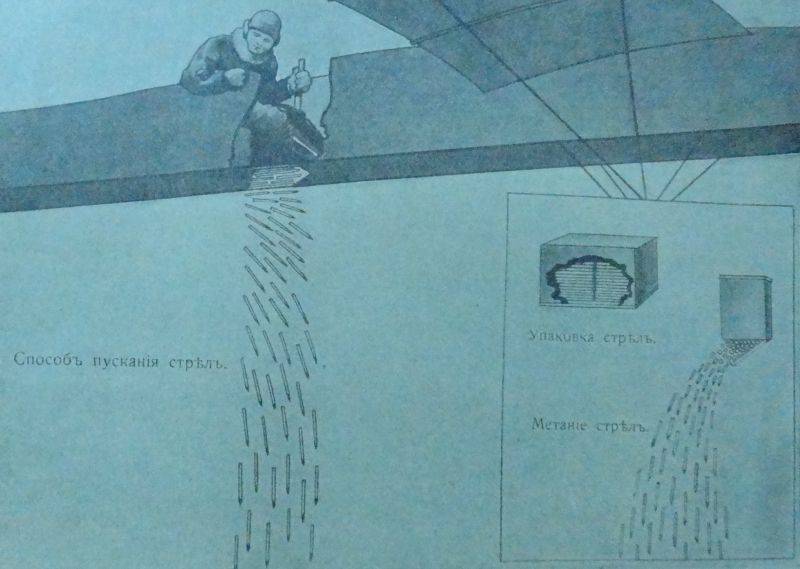
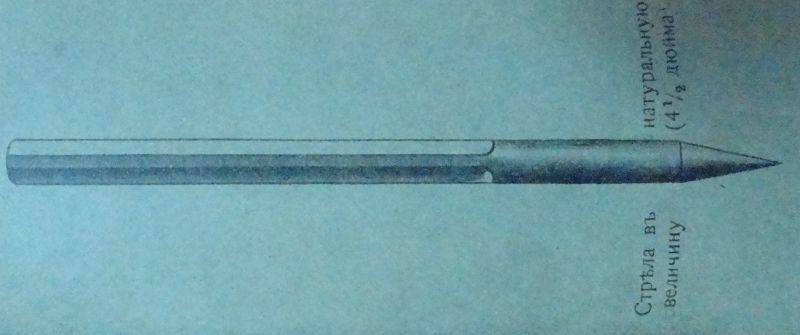
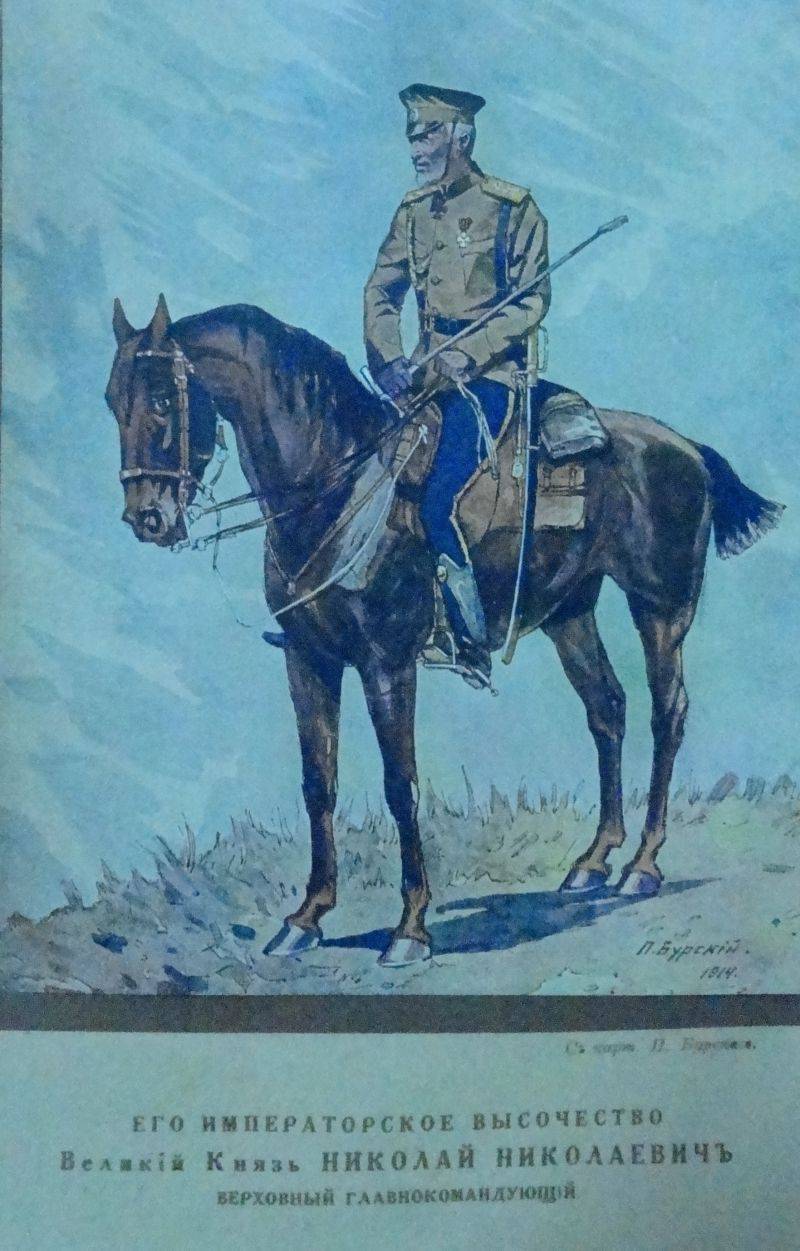
Information